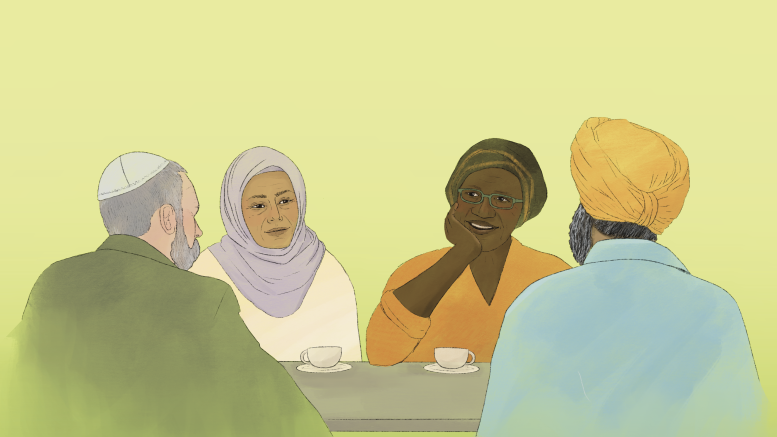As life expectancy continues to rise in Canada, older adults make up the country’s
fastest growing age group. A 2022 Statistics Canada study found that close to one in
five Canadians are at least 65 years of age, with that number projected to reach
close to 25 per cent by 2040.
Hai Luo is an associate professor at the U of M’s faculty of social work who takes a
cross-cultural approach to the study of aging.
“To me, the bottom line is, what is aging to people in different groups?” Luo said.
“That’s why I study people from different cultural backgrounds, such as newcomers
in Canada and Indigenous people.”
While her research ranges from older adult abuse, to gambling among older
Canadian immigrants, to the economic role of Taiwanese older adults, it all falls
under one umbrella: the meaning of aging.
“A good old life is what we all want but how to define it, and how to practice for it, is
very different by different cultures,” Luo said. “Here in Canada, as we are living in a
modern country, we’re all living under the same policy umbrella […] How do we
value and recognize the diversity?”
One focus of Luo’s work are Indigenous beliefs around aging, contrasting them with
western perceptions that predominate much of Canadian society.
“In my view, the western cultures have emphasized the segregation of generations,”
Luo said. “In traditional cultures, especially in Indigenous cultures, you never
separate those generations.”
Indigenous perspectives on community tend to centre around multi-generational
families, as opposed to the quintessential western nuclear family consisting of two
parents and their children.
“Our current system [has] generational segregation still in place,” she said. “In my
view, policies based on generational segregation have failed to support everyone.”
The differences in western and Indigenous perceptions of aging and health extend
beyond family structure.
Western ideas of physical activity — which can include jogging, running or swimming
— may appear narrow.
In other cultures, Luo explained, these activities are often unaffordable or
impractical for older adults to participate in regularly. Instead, they may lead active
lives through production activities, such as fishing or farming, well into their later
years.
Luo noted that western perceptions of aging centre around healthy eating,
maintaining an active lifestyle and being independent. The latter idea refers not just
to financial independence, but also to physical independence. The western culture of
individualism encourages self-sufficiency and a desire to live without depending on
others.
“In many other cultures, they value the interdependence,” Luo said. “Between
multiple generations, people support one another. Older adults may help with their
children or grandchildren, with their childcaring or with financial support, with
housekeeping, so on and so forth.”
When Indigenous older adults, especially those living on reserves, need health care
and support beyond what their community can offer, they must often be relocated
from their homes. With long-term care centres and hospitals concentrated in urban
centres, they may be living hundreds of miles from their families.
Due to the distance, an Indigenous older adult’s family may be unable to frequently
visit them, often because of a lack of access to affordable transportation or the
challenges associated with travelling at an advanced age.
Luo explained that once older adults enter the health care system, they risk losing
their connection with their communities, their families and their former lives.
Generational segregation, she noted, is in the background of all policies centred
around older adults in the health care system. Her aim is to promote
intergenerational collaboration in Indigenous communities for the benefit of older
adults and those who are younger.
“It’s not just for Indigenous people, but for many of us,” Luo said. “I think it is the
Indigenous concept of aging that really helps me to reflect on the weaknesses of our
current policy and system.”


